Hanfu in Modern Media: Influences from Movies and TV Shows
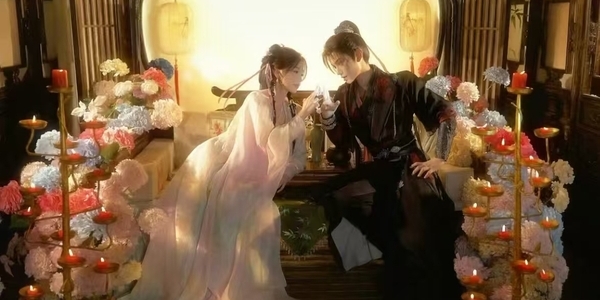
In recent years, Hanfu, the traditional clothing of the Han Chinese, has experienced a remarkable resurgence in popularity. This revival can be significantly attributed to its portrayal in modern media, including popular films, TV series, and high-profile celebrity endorsements. This blog post delves into how Hanfu is represented in contemporary media and examines the factors contributing to its growing appeal worldwide.
Understanding Hanfu: A Brief Overview
Hanfu refers to the historical styles of clothing worn by the Han Chinese people. Characterized by flowing robes, intricate embroidery, and elegant designs, Hanfu reflects the rich cultural heritage and artistic craftsmanship of ancient China. Unlike other traditional garments, Hanfu emphasizes harmony, fluidity, and a connection to nature, embodying the philosophical principles of Confucianism and Taoism.
Hanfu’s Journey Through History
Hanfu has a history spanning over three millennia, evolving through various dynasties such as the Han, Tang, Song, and Ming. Each era introduced unique elements, from the simplicity of the Han dynasty robes to the elaborate designs of the Ming dynasty outfits. Despite periods of decline, particularly during the Qing dynasty when Manchu-style clothing became predominant, Hanfu has remained a symbol of Chinese cultural identity.
The Revival of Hanfu in the 21st Century
The 21st century has witnessed a Hanfu renaissance, driven by a growing interest among young Chinese and global communities in reconnecting with cultural roots. Social media platforms, fashion forums, and cultural festivals have played pivotal roles in this resurgence. However, it is the influence of modern media—particularly films, TV series, and celebrity endorsements—that has significantly propelled Hanfu into the spotlight.
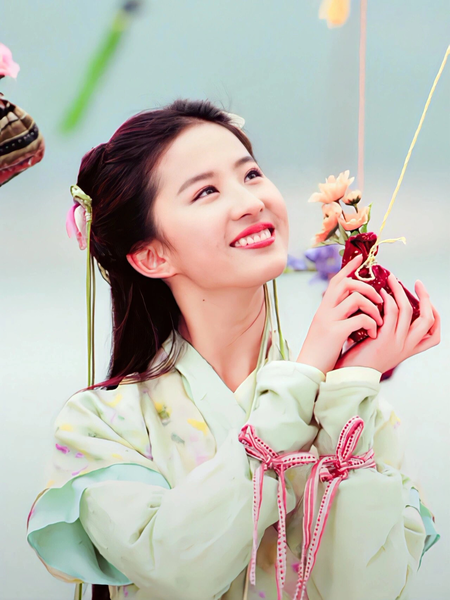
Hanfu in Contemporary Films
Historical Epics and Period Dramas
Modern Chinese cinema has embraced Hanfu to lend authenticity and grandeur to historical epics and period dramas. Films like “The Assassin” (2015) and “Shadow” (2018) showcase Hanfu not just as costumes but as integral elements that enhance storytelling and character development. These movies highlight the beauty and elegance of Hanfu, making it an appealing aesthetic choice for both characters and audiences.
Fantasy and Sci-Fi Genres
Beyond historical settings, Hanfu has found its place in fantasy and science fiction genres. Movies such as “Mo Dao Zu Shi” (2019) blend traditional Hanfu styles with imaginative worlds, creating visually stunning narratives that attract diverse audiences. By integrating Hanfu into fantastical settings, filmmakers introduce traditional attire to younger generations and international viewers who might otherwise remain unfamiliar with it.
Hanfu in Popular TV Series
Hit TV Dramas Boosting Hanfu’s Popularity
Television dramas have been instrumental in popularizing Hanfu, with several hit series featuring traditional attire as a central element. Shows like “The Story of Yanxi Palace” (2018) and “Ancient Love Poetry” (2021) have captivated millions, partly due to their exquisite costume design. The detailed and vibrant Hanfu outfits in these series inspire viewers to appreciate and adopt traditional styles.
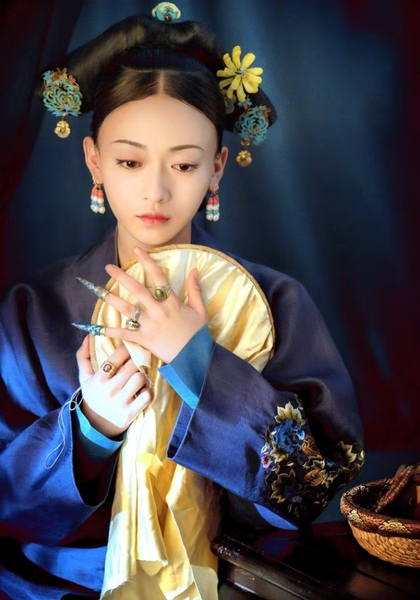
Modern Adaptations Incorporating Hanfu
Furthermore, contemporary TV series that blend modern narratives with traditional elements—such as “Legend of Fei” (2020)—use Hanfu to bridge the past and present. This fusion appeals to audiences seeking a connection between modern life and historical heritage, making Hanfu a versatile and relevant fashion statement.
Celebrity Endorsements and Influencers
High-Profile Advocates
Celebrities and influencers have played a crucial role in elevating Hanfu’s status in modern fashion. Prominent figures like actress Yang Mi and singer Lay Zhang have been seen wearing Hanfu at events and in social media posts, inspiring millions of fans to explore traditional attire. Their endorsements lend Hanfu a sense of prestige and trendiness, making it more accessible and desirable.
Social Media Movements
The rise of social media influencers dedicated to Hanfu styling and education has further amplified its popularity. Platforms like Weibo, Instagram, and TikTok are teeming with content showcasing Hanfu fashion, tutorials, and cultural insights. Influencers collaborate with designers and brands to create modern interpretations of Hanfu, appealing to a global audience and fostering a vibrant online community.
Impact on Fashion and Youth Culture
Hanfu as a Fashion Trend
Hanfu’s integration into modern media has influenced contemporary fashion trends. Designers are reimagining traditional Hanfu elements with modern cuts and fabrics, making it suitable for everyday wear. Fashion shows and collaborations with international brands have introduced Hanfu-inspired pieces to global markets, blending cultural heritage with modern aesthetics.
Empowering Cultural Identity
For the younger generation, Hanfu represents more than just fashion; it is a statement of cultural pride and identity. By showcasing Hanfu in mainstream media, young people are encouraged to embrace their heritage and express it creatively. This empowerment fosters a sense of unity and continuity, bridging the gap between ancient traditions and modern lifestyles.
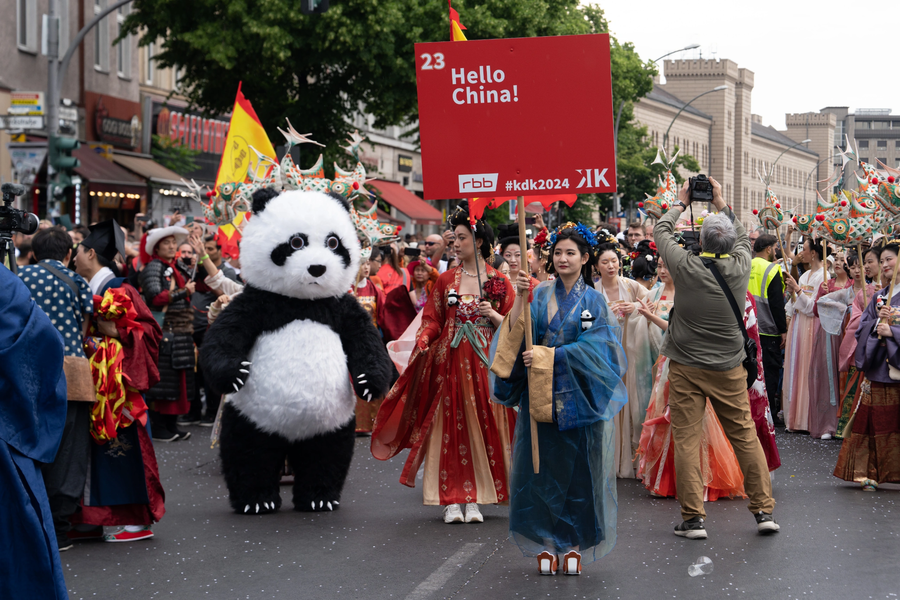
Global Reach and Cross-Cultural Appeal
International Media Representation
Hanfu’s presence is not limited to Chinese media. International films and TV series, such as “Into the Badlands” and “The Untamed”, feature Hanfu-inspired costumes, introducing the attire to a global audience. This cross-cultural representation enhances Hanfu’s appeal beyond China, promoting cultural exchange and appreciation.
Festivals and Global Events
Global cultural festivals and events often feature Hanfu fashion shows, workshops, and exhibitions, celebrating its beauty and craftsmanship. These events attract audiences from diverse backgrounds, fostering a deeper understanding and appreciation of Chinese culture. The inclusion of Hanfu in international platforms underscores its universal appeal and timeless elegance.
Challenges and Future Prospects
Preserving Authenticity
While the modernization of Hanfu has broadened its appeal, maintaining cultural authenticity remains a challenge. Designers and media creators must balance innovation with respect for traditional designs to preserve Hanfu’s heritage. Ensuring authenticity is crucial for sustaining Hanfu’s integrity and cultural significance.
Expanding Accessibility
To continue its growth, Hanfu needs to become more accessible in terms of availability and affordability. Expanding online platforms, offering diverse price ranges, and promoting inclusivity can help Hanfu reach a wider audience. Enhanced accessibility will ensure that Hanfu remains a vibrant and integral part of modern fashion.
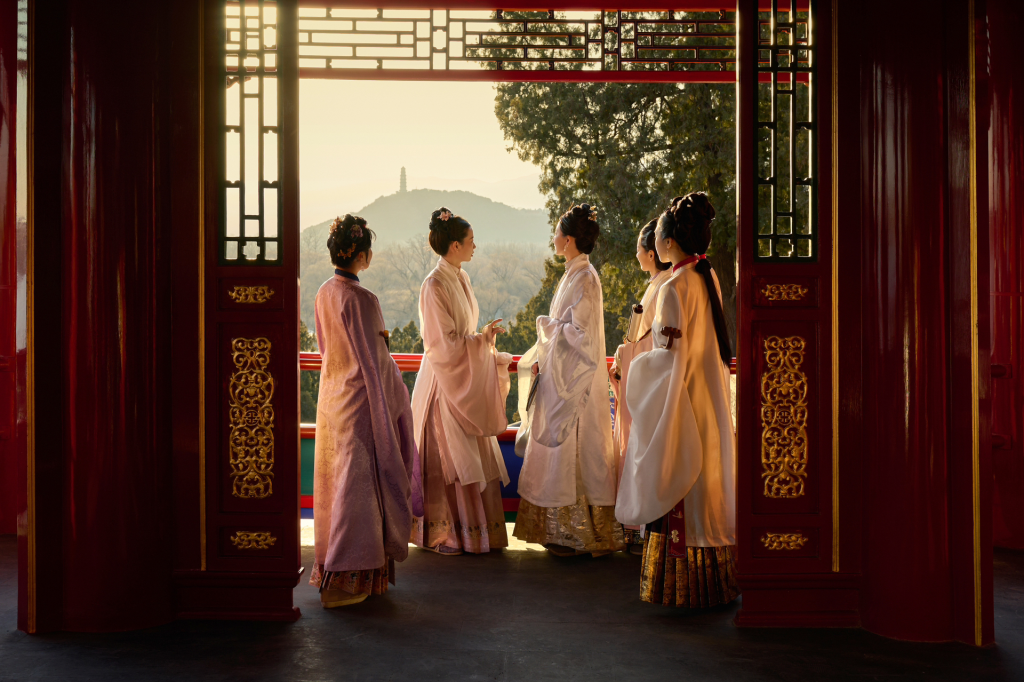
Conclusion
Hanfu’s resurgence in modern media exemplifies the powerful interplay between tradition and contemporary culture. Through its portrayal in films, TV series, and endorsements by celebrities and influencers, Hanfu has transcended its historical roots to become a dynamic and fashionable statement. As media continues to evolve, Hanfu is poised to maintain its influential presence, celebrating Chinese heritage while embracing modernity.
By appreciating and promoting Hanfu, modern media not only enhances its own aesthetic appeal but also fosters a deeper cultural connection among global audiences. The Hanfu renaissance is a testament to the enduring legacy of traditional attire and its ability to inspire and captivate across generations and cultures.
Keywords: Hanfu, modern media, movies, TV shows, celebrity endorsements, Hanfu revival, traditional Chinese clothing, Hanfu in films, Hanfu in TV series, Hanfu fashion, cultural heritage, Hanfu influencers, Hanfu trends, Chinese traditional attire, Hanfu popularity
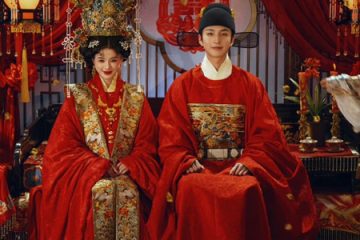
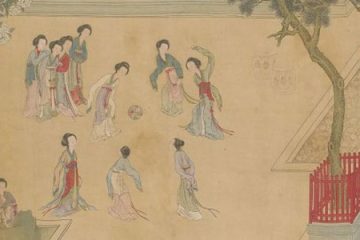
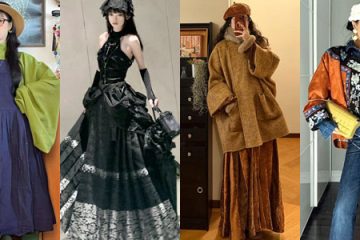
0 Comments